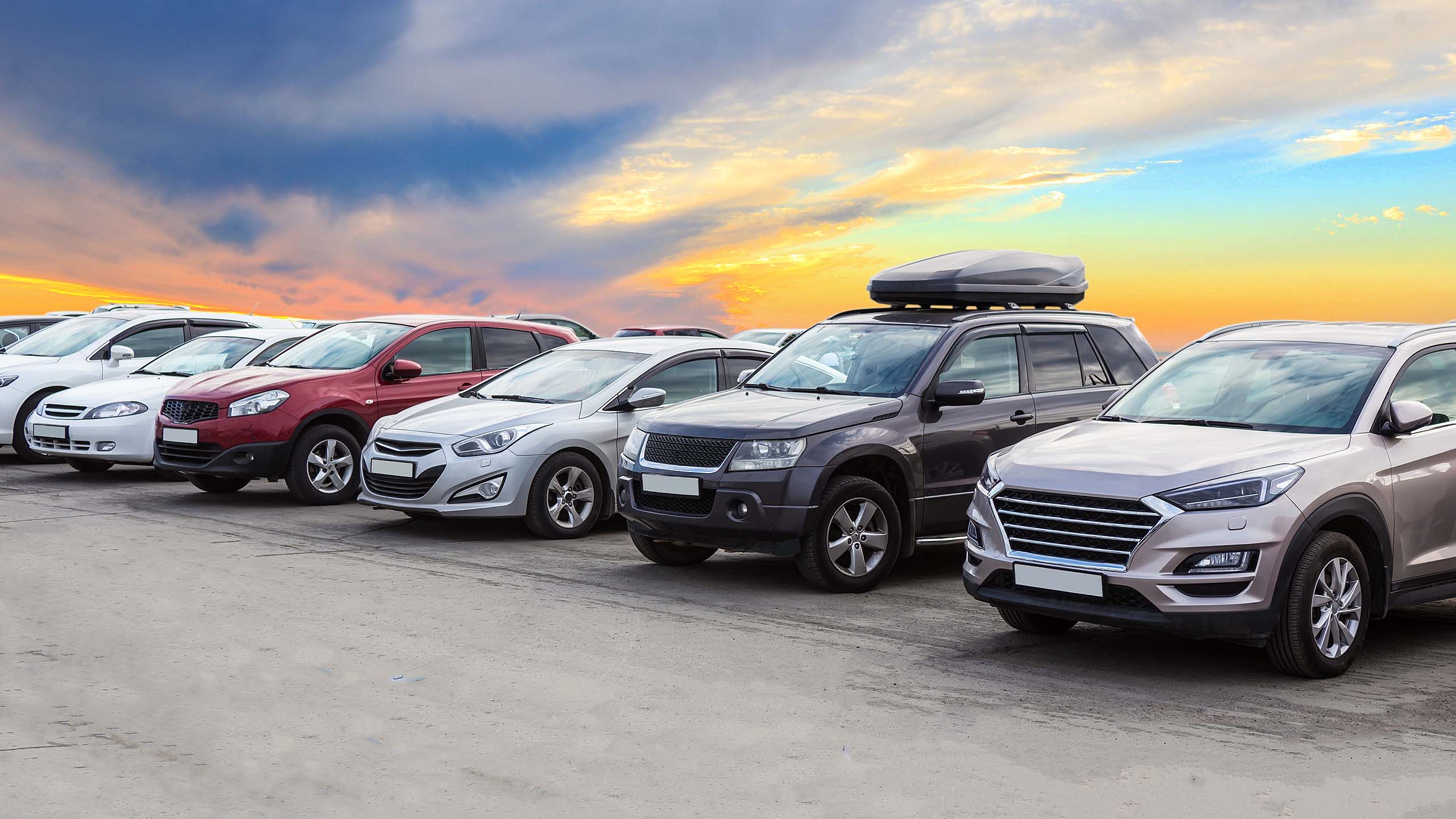SUV vs Sedan: Does Size Determine Safety?
Is ‘bigger’ necessarily better when choosing the safest option for driving on the highway or through city streets? It can be reassuring to assume that the size of a vehicle contributes to its safety rating. Even the automobile industry often promotes SUVs as a safer driving choice than sedans, appealing to families to prioritise purchasing larger vehicles.
However, even though size can play a significant role in car safety, SUVs are not the safe haven many believe them to be. If you are looking for a safer car option between sedans and SUVs, here are some details you should consider before making the right decision.
Overview of Driver and Passenger Safety
Despite how fancy a car looks, how it drives, or its complementary or luxury features, it must be safe enough for occupants. Many drivers prioritise safety above all else, which is why brands such as Mazda, Acura, and BMW are usually recommended for families who want to feel secure on the road.
Modern vehicles are equipped with safety features designed to keep their occupants safe during an unexpected incident. These features range from airbags and rearview cameras to sensors such as lane departure warning and blind spot monitoring. However, despite these features, does size still play a role in car safety?
Rising Popularity of SUVs in Global Markets
SUVs have become increasingly popular on all roads, and it’s not surprising. The International Energy Agency noted that in 2021, nearly 46% of passenger cars on the global market were SUVs. Their spacious cabin and ability to navigate any terrain have made them a top choice among adventurers, families, and city drivers. However, does their big size mean a safer ride, or does it just add to your gas bill?
Does the Larger Size of SUVs Truly Offer More Safety than Sedans?
Does larger mean safer? SUVs are undoubtedly bigger than sedans, but does that make them the optimal choice? Generally, SUVs offer better protection during collision crashes. However, there are factors other than size that determine a vehicle’s safety level. It only becomes clear if one understands how safety is tested and what happens during an accident, then determines whether SUVs have an edge over sedans.
How Safety is Tested and Rated
Specific criteria are used to determine whether a car is safe to drive. Agencies such as the National Highway Traffic Safety Administration (NHTSA) and the Insurance Institute for Highway Safety (IIHS) test these vehicles to assess their performance in front, side, and rollover crashes.
These organisations consider occupant safety, structural stability, and other factors in these situations. Depending on the outcome of the test, they can either assign the car a rating of 1 to 5 stars (NHTSA) or grade it as good or poor (IIHS).
Car Crash Tests Examples and Data
What happens when an SUV and a sedan collide? According to the IIHS, larger vehicles have a better chance of surviving crashes, especially in head-on collisions. SUVs like the 2024 Hyundai Palisade were a top pick by the IIHS for safety due to the vehicle’s impressive performance on the car crash tests.
Furthermore, a study by the University of Buffalo revealed that sedans with a one to 4-star rating have a 7 – 36 percent chance of in-driver deaths in frontal crashes. However, regardless of what sedans lack in size, they more than make up for it in specific areas. For instance, sedans’ lower centre of gravity increases their chance of survival against SUVs in most crash tests, as they offer better stability and are easy to manoeuver.
The 2018 Kia Forte, for example, was highly rated on the IIHS driver protection test even though it had difficulty matching up with bigger vehicles in terms of safety. Overall, SUVs might be safer in vehicle collisions due to their physical features, while sedans are the optimal choice for faster reaction times.
Technologies Utilized in Both Vehicle Types to Ensure Safety
Both SUVs and sedans are equipped with sufficient safety features to keep their occupants safe. Here are some of them.
-
Automatic Emergency Braking (AEB): AEB detects pedestrians and vehicles and applies the brakes in situations where drivers cannot. It is the standard in newer car models.
-
Blind-Spot Monitoring and Lane-Keep Assist: These features alert drivers to nearby vehicles and automatically steer the car back onto a specific lane to prevent collisions with other cars.
-
Adaptive Cruise Control: ACC ensures there’s enough distance between your car and a vehicle in front of it, reducing the risks of colliding with another car’s rear end.
-
Electronic Stability Control (ESC): The ESC prevents vehicles from skidding or rolling, especially on wet roads. Due to their large size and weight distribution, this feature is essential for SUVS to prevent skidding-related accidents.
SUVs typically feature longer crumple zones, which help absorb the impact of a crash, keeping occupants safer. On the contrary, sedans are easily manoeuvrable, allowing drivers to react quickly to prevent or avoid collisions and crashes. For example, the 2025 Mazda CX-90 received a 5-star rating from the NHTSA for its AEB, while the 2023 Honda Civic excelled in avoidance tests, highlighting the strong points of both vehicle types.
Risks Associated With Driving Both Vehicle Types
Both SUVs and sedans come with their flaws. SUVs are prone to a higher rollover rate due to their size. According to the NHTSA, SUVs have a 14-23% chance of experiencing rollovers in a single-car crash compared to sedans, which feature a 10% rollover risk due to their lower center of gravity. While Electronic Stability Control helps minimize this risk, a quick turn on snowy or icy roads can be disastrous for SUV occupants.
In contrast, sedans are on the losing side when they collide with larger vehicles due to their lighter weight. A 2018 crash test by the Insurance Institute for Highway Safety (IIHS) revealed that a Toyota Yaris iA was damaged when struck by a larger Toyota Avalon, highlighting the disadvantage of size in such situations. Sedans feature smaller blind spots and are harder to navigate on rough terrains whereas SUVs high ground clearance makes commuting through such terrains seamless.
How They Fare in Different Circumstances
Both vehicle types have their perks and flaws. Here’s how they fare in real-world situations.
Bad Roads
SUVs can navigate most potholes and uneven roads comfortably due to their high ground clearance and the fact that they are often equipped with all-wheel-drive (AWD) systems. While sedans like the Subaru Impreza can handle rough terrains because of their AWD system, these vehicles are prone to scratches and damage in such harsh environments.
Vehicle Load
SUVs are roomy and can carry extra cargo, making them perfect for family getaways, adventures, or hauling heavy equipment. Sedans, on the other hand, can only carry light loads.
Driving Conditions
Due to their weight and tire grip, SUVs drive better on snowy or wet roads. Sedans, however, are totally unsuitable for driving on snowy roads, and they are not the most optimal choice for driving on wet roads.
Your driving habits and terrain also play a huge role. While sedans are a good choice for city drives, an SUV will perform excellently on snowy roads or move more cargo due to its traction and spaciousness. Get acquainted with NHTSA and IIHS ratings, keep up with maintenance, and drive carefully. Size is king, but it won’t save you from the dangers of reckless driving.


